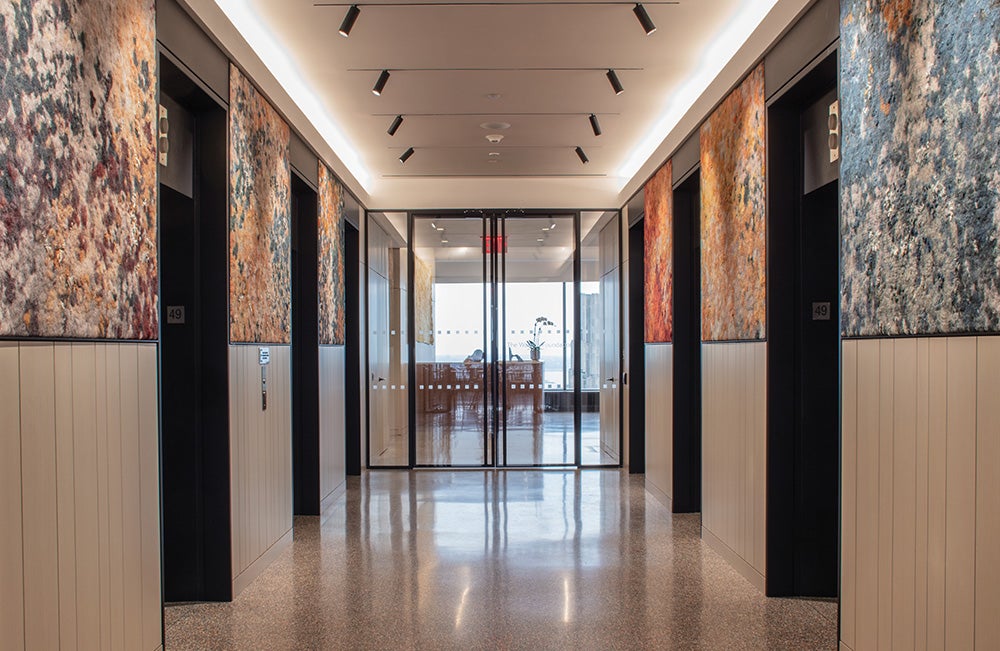Heritage and progress are equally important to Dutch textile artist Claudy Jongstra. Her work is cutting-edge and contemporary, but she reaches deep into history to create it. The wool she uses comes from Drenthe Heath sheep, a rare, 6,000-year-old European breed, which she rears on a small farm in the Netherlands’ agrarian northwest. She felts this wool using techniques discovered millennia ago and dyes it using plants she grows or finds on her property. The compositions she creates with these time-honored approaches are current, more reminiscent of postmodernists or abstract expressionists than the Mongolian yurts that once sparked her interest in textiles. The juxtaposition of the ancient and the avant-garde symbolizes the importance of long-established approaches in a world that is fast forgetting them. “It is a tool for sharing tacit knowledge and lost identities from the past,” Jongstra says, “ and then placing them in the contemporary world.”
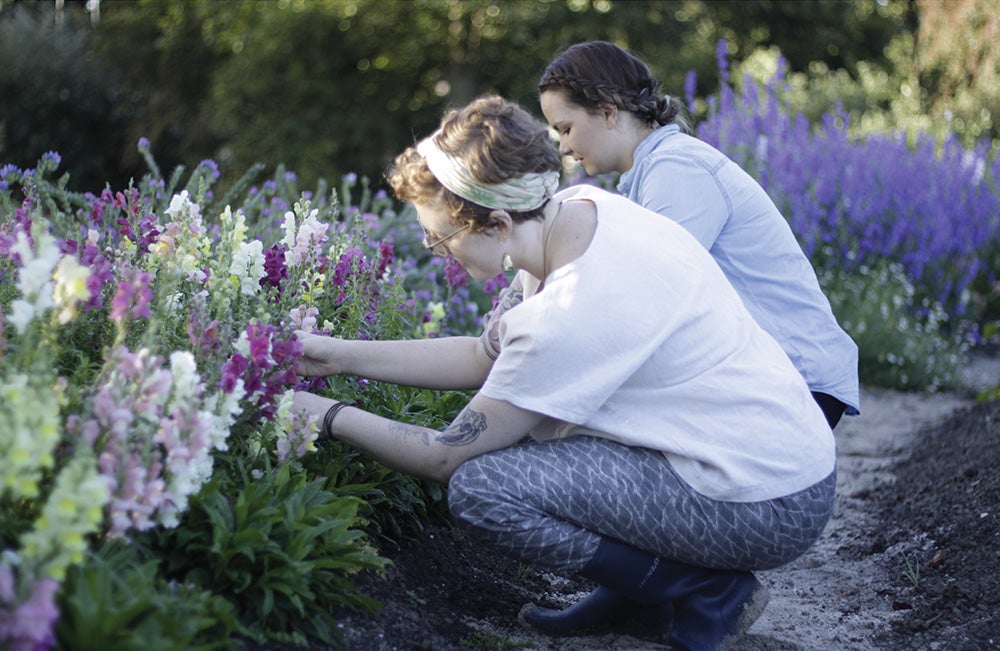
These themes of past knowledge and future progress are among the reasons The Wallace Foundation commissioned Jongstra to help adorn its offices in 2019. Knowledge is key to Wallace’s mission; the foundation works not just to help local organizations solve problems they face, but also to generate insights from their efforts to enhance policy and practice nationwide. “One of the reasons we were drawn to Claudy Jongstra’s art is that she builds on wisdom gleaned from past experience and demonstrates its importance to the present and the future,” said Will Miller, president of The Wallace Foundation. “That’s a large part of what we try to do as a foundation.”
Jongstra produced two pieces for Wallace’s offices, both placed along a central axis from the reception desk to the office’s social hub, with a view of Manhattan to the north and New York Harbor to the south. “These are the main spaces where people can take a moment to pause, have a cup of coffee and socialize,” says Arthi Krishnamoorthy of Deborah Berke Partners, the architecture firm that designed Wallace’s offices and suggested commissioning Jongstra. “Claudy’s pieces help make these spaces welcoming, not just with views and architecture, but also with art that lends warmth and sparks conversation.”
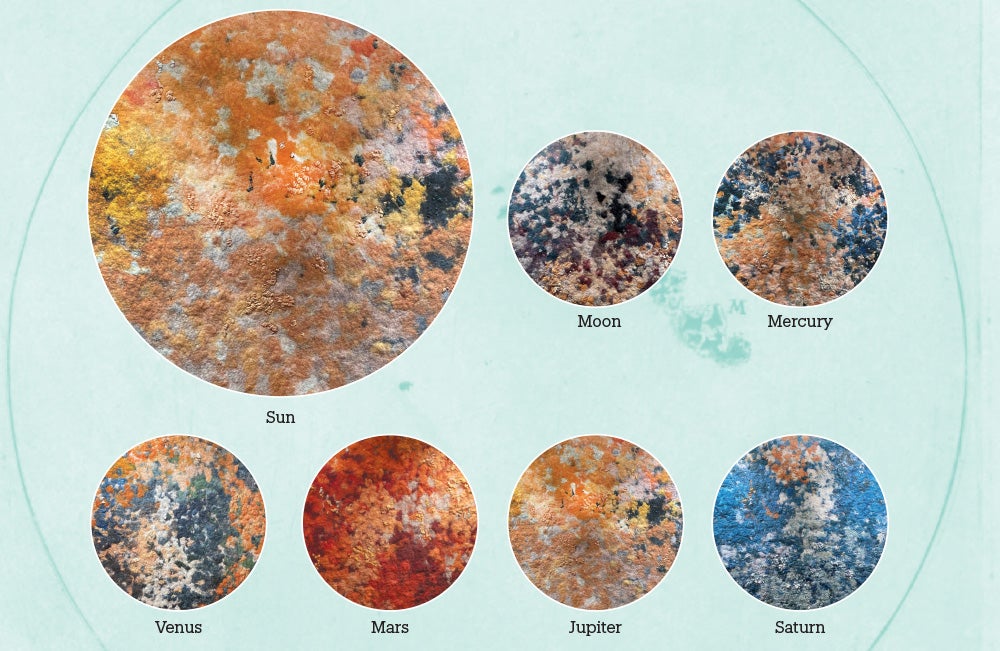
Diversity of Thought comprises seven textile panels: six in the elevator lobby, each rendered in colors that evoke a different body in the solar system, and one behind the reception desk that represents the sun. Across the lobby in the social hub is Two Rivers, which depicts the meeting of the Hudson and East Rivers in New York Harbor. The richness of textures and colors, says Krishnamoorthy, connects staffers and visitors to Wallace’s work as they enter the space.
“We want people to arrive and connect in a way that is mission-aligned,” she says, “ because both Claudy’s mission and the Wallace Foundation’s mission overlap.”
Diversity of Thought, for example, evokes connections between knowledge-sharing that shaped the past and knowledge-sharing Wallace hopes can help shape the future. The embroidery sprinkled throughout the seven panels was inspired by Galileo’s drawings of sunspots, a potent example of the power of art to change our understanding of the world. His drawings allowed viewers to envision the rotation of the sun and helped convince the world that the Earth is not the center of the universe. “Galileo made astronomy a visual science,” Jongstra says. “Large-scale audiences could now experience the science. It wasn’t reserved just for a small group.”
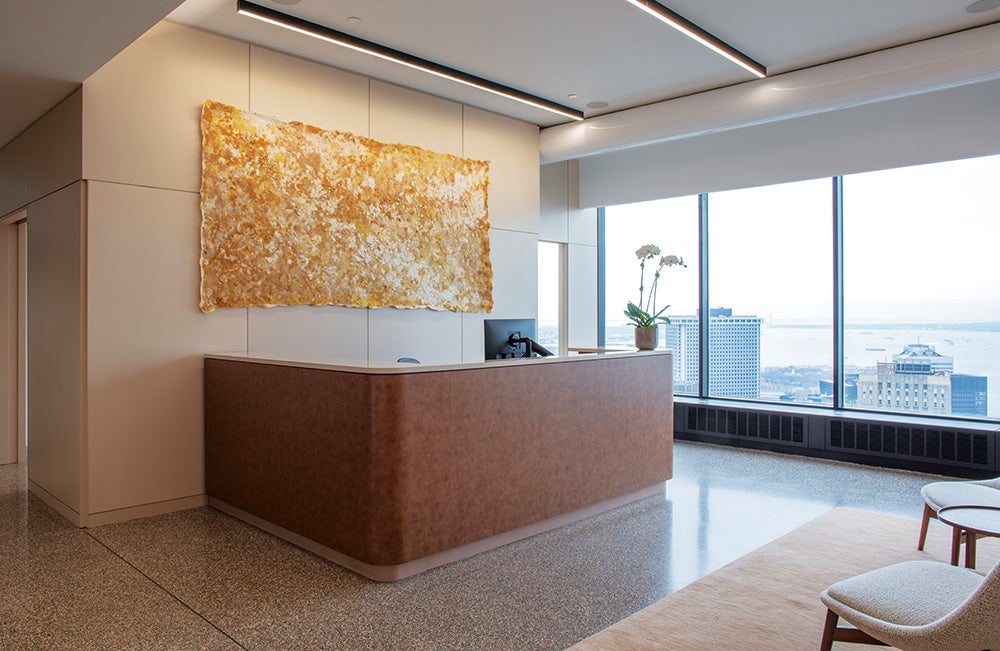
Wallace similarly aims to make knowledge widely accessible and to promote progress in the fields in which it works. “Galileo changed the way we view and understand our universe. We hope to help do that in our focus areas,” says Miller. “We design our philanthropic initiatives to help our grantees and others develop new insights and increase understanding of their work. It’s a lofty goal, but if we’re to live up to our values of excellence, accountability and helping to catalyze meaningful change, we have to aim high.”
Two Rivers, meanwhile, draws inspiration from the meeting of the rivers visible from Wallace’s offices and reflects the relationships Wallace hopes to foster among its staff and partners.
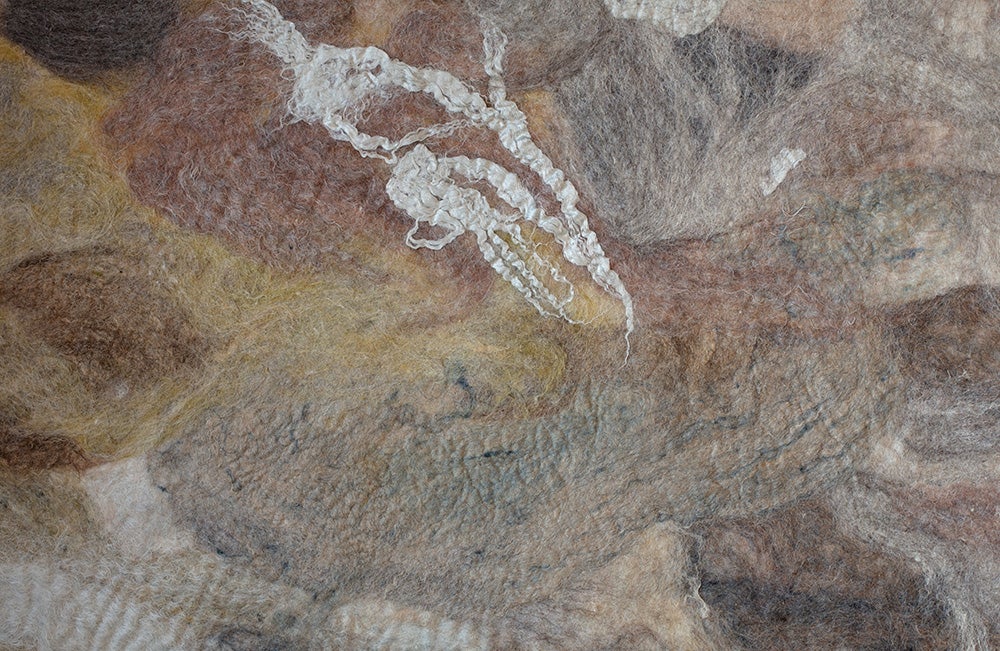
“We strive for mutual respect and close collaboration in everything we do,” Miller adds. “The meeting of the two estuaries, the mixing of saltwater and freshwater in New York Harbor, all serve as apt symbols of the diversity and inclusivity we seek to bring to our work.”
The piece’s use of color also points to sustainability, another core value for The Wallace Foundation. Jongstra created the colors using new techniques that extract pigment from seaweed foraged from Netherlands’ northern islands. These techniques create a new purpose for a material many consider to be expendable, challenging the take-make-waste industrial model and inspiring viewers to reimagine their relationship to the Earth’s resources.
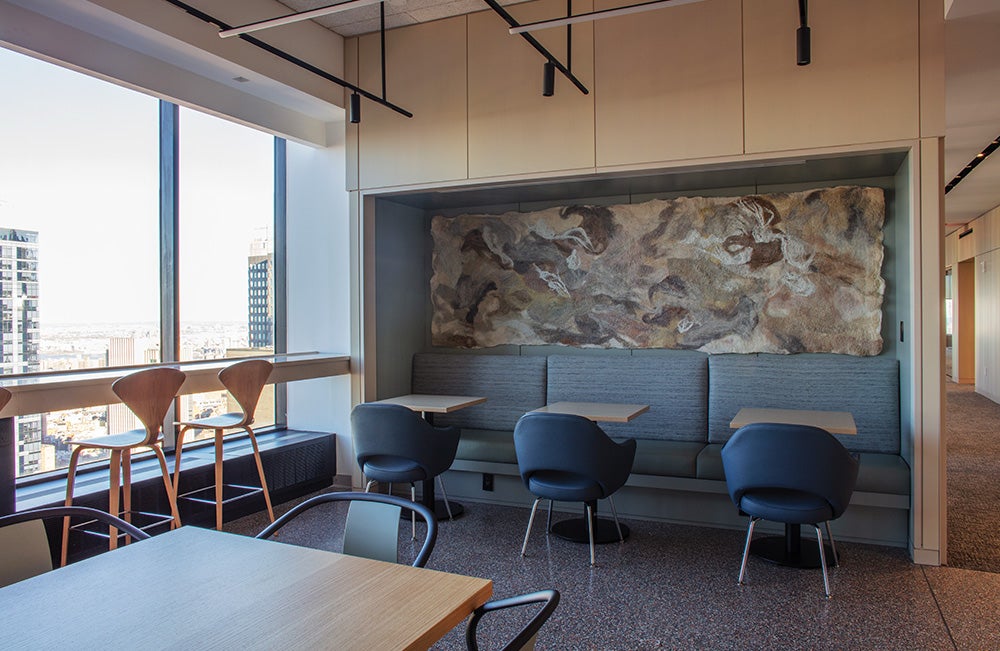
“We had been experimenting with vegetation we found on the coastline and there was a beautiful palette coming through,” Jongstra said. “Parallel to our research, this commission came along. We were immediately inspired to use our re-found color palette in this new work.”
Both Diversity of Thought and Two Rivers use scale to mirror the relationships Wallace hopes to build with its grantees and the fields in which they work. Seen from a distance, says Kiki Dennis of Deborah Berke Partners, they reflect warmth. On closer inspection, one can appreciate the history and artistry embedded in each of their intricate components.
“It’s a lovely metaphor for the way the foundation works,” Dennis says. “The foundation is interested in advancing its mission on a large, macro scale. But its programs move on and have a huge impact on individual children and educators.”
For more on Claudy Jongstra’s work, please visit www.claudyjongstra.com
